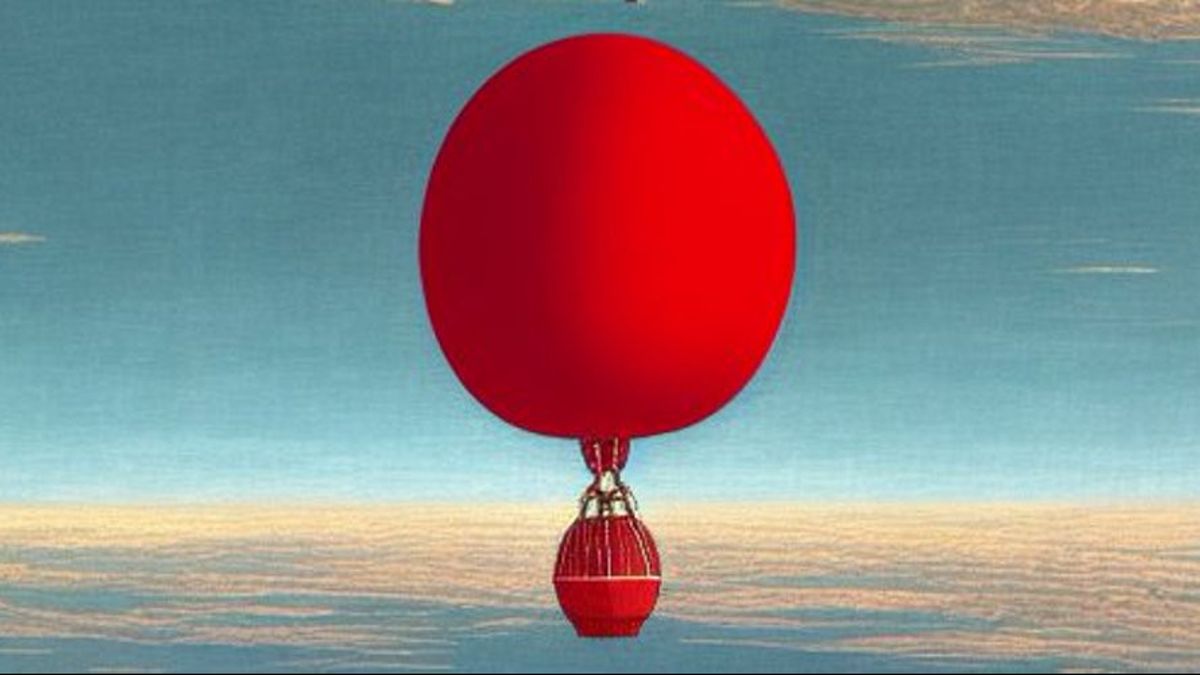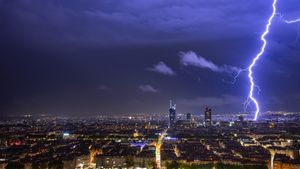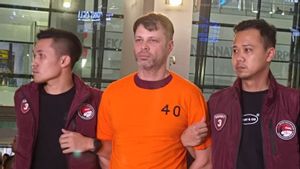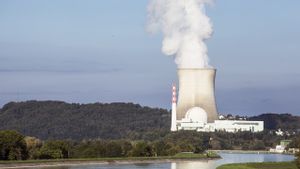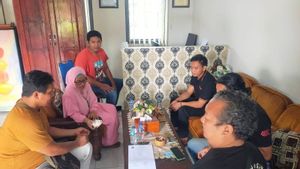JAKARTA – The Mexican government says it will ban solar geoengineering experiments, a strategy meant to reverse global warming by reflecting sunlight. But these experiments are still fraught with concern over other potential consequences that could occur by changing Earth's atmosphere.
The move follows up on a controversial attempt by a geoengineering startup to scatter reflective particles into the stratosphere.
According to the ban announced over the weekend by the country's Secretariat of Environment and Natural Resources, a company called Make Sunsets, carried out field tests without prior notification or approval from the Mexican government.
The ban is meant to protect society and the environment in the absence of an international agreement on how to regulate experiments of this kind that could have consequences on a planetary scale.
Make Sunsets CEO Luke Iseman said he launched two balloons in Baja California last year, each carrying less than 10 grams of sulfur dioxide. Those are tiny amounts of compounds typically released into the air by much larger amounts of fossil-fuel power plants and volcanoes – so the release likely won't have much of an impact.
On a fairly small-scale test flight, Make Sunsets says it only bought sulfur and weather balloons on Amazon. And the startup doesn't track the balloons, so it doesn't know if they're high enough to carry the sulfur dioxide to its intended destination.
“Following the announcement from Mexico, future launches are “on hold indefinitely,” Make Sunsets co-founder and CEO Luke Iseman told The Verge. Iseman said the only reason Make Sunsets released the balloon in Mexico was because that was where he was living at the time.
Going forward, Iseman said the startup is very excited to work with an island nation whose existence is threatened by climate change. "Companies are interested in partnering with the government," he said, although no such agreement has yet been reached.
SEE ALSO:
Founded in October 2022, Make Sunsets started with the grandiose vision of releasing enough sulfur dioxide to offset the global warming of all the world's annual CO2 emissions. They are already selling "refrigeration credits" for services for $10 per gram of sulfur dioxide, although they have yet to achieve a measurable impact and cannot guarantee that releasing sulfur dioxide on a larger scale will not trigger unwanted problems.
There has been a more deliberate, though still controversial, research effort into the type of solar geoengineering that Make Sunsets is proposing, called stratospheric aerosol injection (SAI). The US Office of Science and Technology Policy is also developing a five-year research plan on solar geoengineering. Scientists are also trying to understand all the potential impacts of solar geoengineering - whether they are beneficial or detrimental.
There is evidence that sulfur dioxide emissions from volcanic eruptions have cooled the planet in the past. But a UN-backed panel of experts recently concluded that SAIs "present significant risks" and could have "undesirable consequences" on the ozone layer after decades of work to repair the holes.
"The current state of science is not good enough to reject, or accept, let alone implement" solar geoengineering," Janos Pasztor, executive director of the Carnegie Climate Governance Initiative, told the MIT Technology Review.
There was a quasi-de facto moratorium on large-scale geoengineering that came out of the United Nations biodiversity conference in 2010, but it excludes small-scale scientific research, and its other provisions are vague.
Mexico pointed to the moratorium in its announcement, saying it plans to halt large-scale geoengineering on its territory.
The English, Chinese, Japanese, Arabic, and French versions are automatically generated by the AI. So there may still be inaccuracies in translating, please always see Indonesian as our main language. (system supported by DigitalSiber.id)
